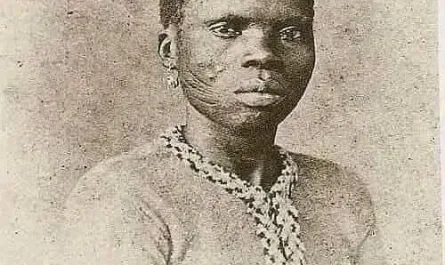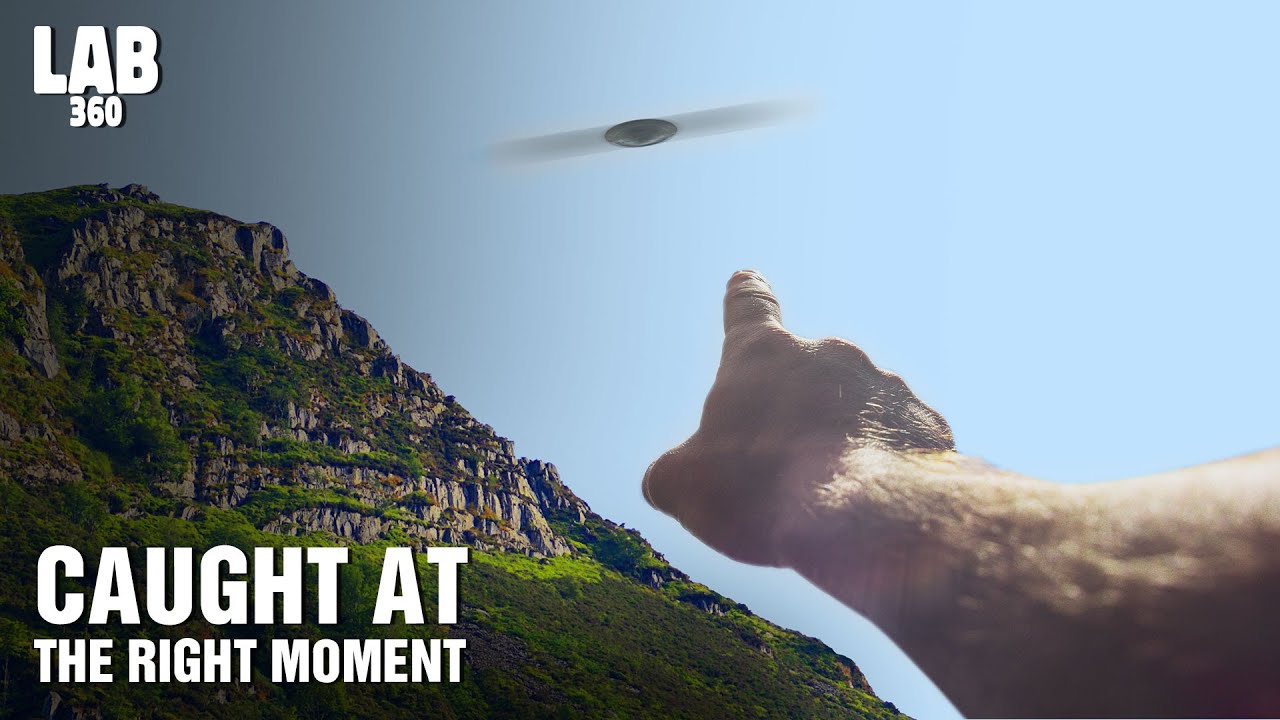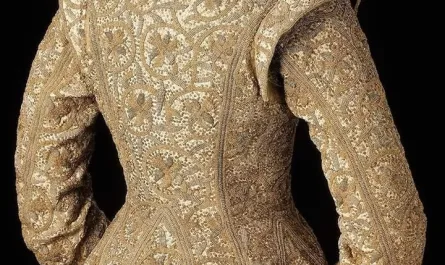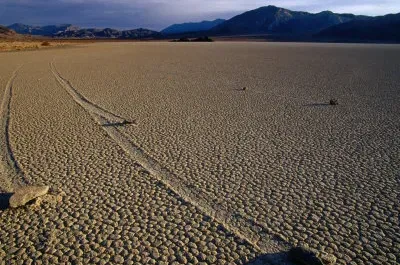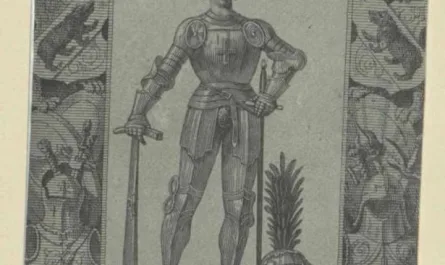In the quiet fields of Eulau, Germany, a Stone Age grave unearthed a powerful and heart-wrenching story — not just of death, but of love, kinship, and perhaps even grief. Through modern DNA analysis, archaeologists discovered that the individuals buried in this Neolithic grave were not just a group of the dead, but a family — the earliest known nuclear family in human history, dating back approximately 4,600 years.
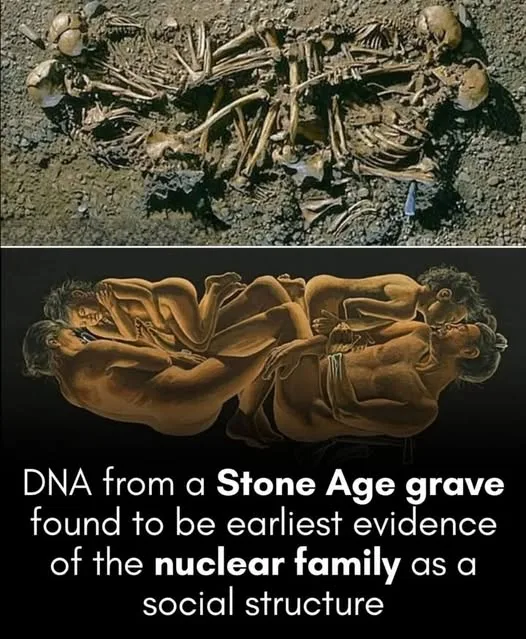
A Burial Frozen in Time
The grave belonged to the Corded Ware Culture, a Neolithic society that thrived across Central and Eastern Europe. This culture is often noted for its distinctive pottery and burial practices. But what set this discovery apart wasn’t just the archaeological context — it was the emotional depth captured in the grave’s arrangement.
Four individuals were found: a man, a woman, and two boys. Through DNA testing, scientists confirmed they were a father, a mother, and their two biological children — the classic composition of a nuclear family.
A Violent End
Traces of violence were evident on their remains. Skull fractures and arrow wounds suggested they had fallen victim to a brutal raid or conflict. But perhaps the most striking detail was the position in which they were buried.
The man and woman were each embracing a child, and all four bodies were arranged facing one another. This deliberate placement suggests that survivors — likely other family or community members — returned to the site after the attack and buried them with care and tenderness.
It was not a hasty mass burial. It was an act of deliberate mourning, a memorial to love lost.
DNA and the Origins of Family Structure
Before this discovery, the idea that nuclear families existed in prehistoric times was largely based on theory and cultural inference. But this find offered solid, biological proof.
Using mitochondrial DNA and Y-chromosome analysis, researchers from the Max Planck Institute for Evolutionary Anthropology were able to confirm familial ties. This was the first time DNA evidence had been used to verify a nuclear family structure in the prehistoric world.
It was a breakthrough in understanding how ancient societies might have been organized — not just around clans or tribes, but also around intimate family units.
Humanity, Carved in Stone
Beyond its scientific value, the Eulau family burial is a poignant reminder of something profoundly human. Despite being separated from us by nearly five millennia, these people loved, fought, protected, and mourned, just as we do today.
Their story, uncovered from beneath the soil and told through the lens of modern science, bridges the chasm of time. It reveals that the bonds of family — and the pain of losing it — are ancient and enduring.
Final Thoughts
This discovery is more than a footnote in prehistoric studies; it is a window into the emotional lives of our ancestors. As archaeology continues to embrace genetics, we can expect even more intimate stories of the past to be revealed.
The Eulau grave doesn’t just tell us who these people were — it tells us that they mattered to each other, and that someone took the time to ensure they would rest together, as a family, for eternity.
🧬 Tags:
#AncientHistory #Archaeology #DNAAnalysis #CordedWareCulture #PrehistoricFamily #StoneAge #EulauGrave #NeolithicEurope #HumanOrigins #EmotionalArchaeology
Would you like a shorter version for social media or a video script version of this post?
